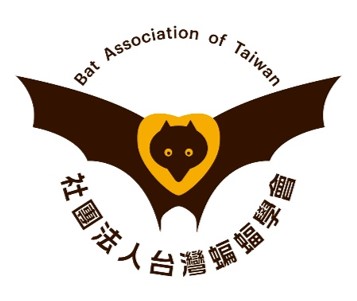蝙蝠研究
2015_臺灣大蹄鼻蝠配對系統及雄性繁殖策略_尤宣雅
出版年份:2015
研究生:尤宣雅
分類:碩士論文
題目:臺灣大蹄鼻蝠配對系統及雄性繁殖策略
Title:Mating system and male reproductive strategy of Taiwan greater horseshoe bat (Rhinolophus formosae)
摘要:
相較於許多研究指出群居型蝙蝠多採取一雄多雌的配對系統,僅有少數的研究曾推測獨居型蝙蝠採取食物/棲所資源防禦一雄一雌的配對系統或一雄一雌/一雄多雌兼性配對系統。然而這些研究大多有樣本數少、觀察時間與空間尺度有限等問題,需要更多研究檢視。為更瞭解獨居型蝙蝠的配對系統與雄性繁殖策略,本研究以獨居型的臺灣大蹄鼻蝠(Rhinolophus formosae)為對象,於臺東(2012至2013年)與臺北(2013年)調查該物種在多個洞穴的棲息狀況,分析雌、雄個體在兩地棲息的時間與空間分布,同時採集個體的組織樣本,利用親子關係分析以瞭解雄蝠子代數。除此之外,也加入以往調查的資料(2010至2011年),比較年間的變化。研究結果顯示臺灣大蹄鼻蝠兩性個體使用的洞穴數量、更換洞穴的次數及連續使用相同洞穴的最大天數均無顯著差異。1隻雄蝠使用的洞穴大多僅與1隻雌蝠重疊,而少數雄蝠則會與2至3隻雌蝠使用的洞穴重疊。親子關係分析顯示雄蝠每年大多僅有一隻子代,但有一隻雄蝠有2個子代的記錄。根據這些結果,本研究認為臺灣大蹄鼻蝠的配對系統為一雄一雌/一雄多雌兼性系統。此外,由於雄蝠與其配偶的棲息模式無顯著同步,顯示雄蝠是採取棲所資源防禦的繁殖策略。
Abstract:
Contrary to most studies on gregarious bats describing their mating system to be polygynous, limited studies on solitary bats suggested food/roosting site resource-defense monogamy or facultative monogamy/polygyny as their most common mating systems and reproductive strategies. However, these studies only base on small sample sizes, and limited observation in temporal and spatial scales. Additional research is needed to examine the mating system and reproductive strategy of solitary bats.
In this study, the roosting patterns of Rhinolophus formosae, a solitary cave-dwelling bat, were monitored in Taitung from 2012 to 2013 and in Taipei during 2013, the temporal and spatial distribution of males and females were investigated, and tissue samples from captured individuals were collected for parentage analysis to examine the number of offspring belonging to each male bat in each year. We also added data of roosting bats in Taitung collected from 2010 to 2011 in previous study to compare annual variation of roosting patterns of these bats. The results revealed that males did not significantly use more caves and changed caves more frequency than females. Males also did not significantly stay in caves for shorter periods than females. Single males typically overlapped its roosting caves with 1 female, but on occasion with 2-3 females. Parentage analysis revealed that males usually sired one offspring each year, but one male sired two offspring. Hence, I suggest that the mating system of R. formosae is facultative monogamy/polygyny. In addition, because roosting patterns of male and female bats in the same bonded pair did not significantly synchronize with each other, I suggest that R. formosae adopt roosting site resource-defense reproductive strategy.
